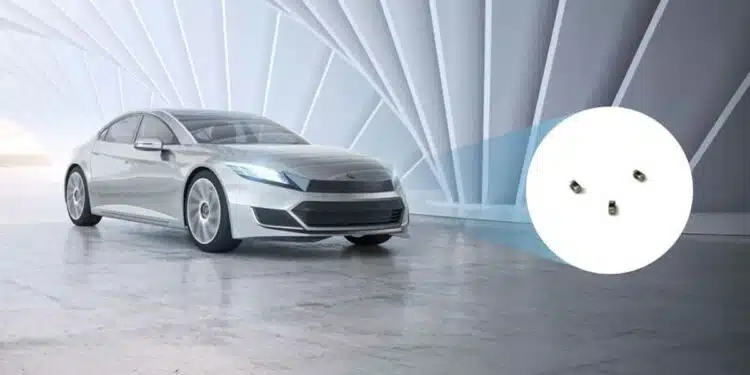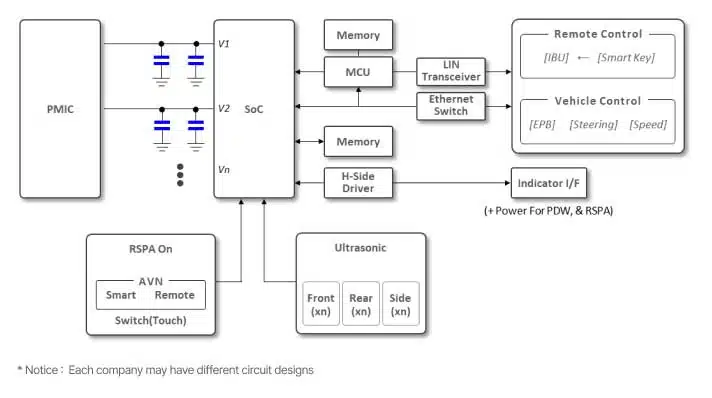Samsung Electro-Mechanics has introduced a new Automotive Grade MLCC specifically designed for the Advanced Driver Assistance System (ADAS) market.
This product boasts exceptional reliability, even operating at high temperatures of up to 125°C. With a compact size of 0201 inch / 0603 mm (0.6×0.3mm), it can withstand the harsh conditions of automotive environments.
The X7T package is rated for temperatures ranging from -55°C to 125°C, while the rated voltage is 6.3V and the capacitance is 1uF. Mass production is currently underway, and samples are available upon request.
As automotive systems continue to evolve, with a focus on increased functionality and miniaturization of components such as sensors, cameras, and SoCs, the demand for smaller and high-capacitance MLCCs is on the rise.
This new product not only meets AEC-Q200 reliability standards but also achieves remarkable capacitance (1uF or more) in a compact size. This combination enhances space efficiency, making it ideal for mounting applications in automotive systems.
Application Example: Automotive RSPA (Remote Smart Parking Assist)
RSPA(Remote Smart Parking Assist) has become more widespread, including in entry-level vehicles, and offers enhanced automatic parking. With the expansion of RSPA functionality and advancements in SoC technology, an increase in component density and power stabilization has become a critical requirement.
MLCC Trend : High Capacitance, High Temperature
- Miniaturization
- High Reliability
→ Recommendation : X7T PN Series
| Size (inch/mm) | Rated Voltage[Vdc] | TCC | Capacitance | MPStatus |
|---|---|---|---|---|
| 0201/0603 | 6.3 | X7T | 1uF | NEW |
| 0201/0603 | 4 | X7T | 1uF | In MP |
| 0201/0603 | 2.5 | X7T | 1uF | In MP |
































